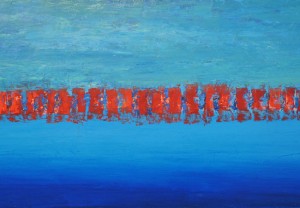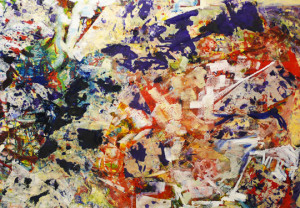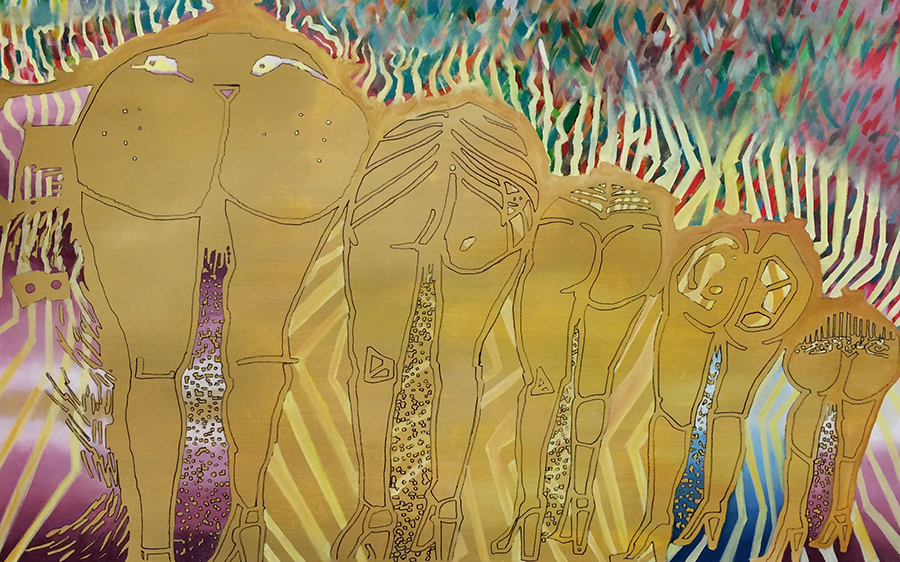

God made seven men fall sleep in a cave for roughly 300 years and then restored them to life temporarily, however they had believed that they had fallen asleep for only a very brief period. While it may not be related to resurrection fully, the story of Ashab al-Kahf (“People of the Cave” or “Seven Sleepers”) is certainly intriguing and carries a similar theme. He had to kill four birds and then put them on different hills which resulted in them being restored to life and flying back to him (2:260). The next verse is about Prophet Abraham, upon whom be peace, who prayed God to give him certainty in the heart about resurrection. But look at your food and drink: it has not spoiled and look at your donkey!" The verse tells us that only bones were left of the donkey (2:259).

A man passed by a town that had fallen into utter ruin and asked himself in bewilderment, "How will God restore life to this town that is now dead?" God made him remain dead for a hundred years and then raised him to life, and asked him, "How long did you remain in this state?" He said: "I remained so for a day or part of a day." God said, "No, you have rather remained thus for a hundred years. God knows best, but this method may be part of the truth behind the act of striking the man’s corpse with a part of a cow in reference to the verse in question.Ĭhapter Baqarah gives two more examples concerning resurrection in worldly life. We have so far heard no positive results in these directions, but it was demonstrated that stem cells taken from a person and transplanted into an embryo of another living being started to grow. In this method, it may be possible to use a person's stem cells to produce organs, tissues, and replace malfunctioning organs with new ones without the risk of rejection. In this regard, researchers are particularly interested in stem cells and their potentials. Perhaps, biological drugs to be obtained with the help of other living organisms may contribute to being able to give a temporary tinge of life to death. Also, certain medications, such as insulin, can be produced making use of the ability of bacteria to produce genetically coded proteins. In medicine, biological drugs used to treat certain diseases are produced from certain animals. Reflecting on this verse, Fethullah Gülen maintains that in addition to the miraculous nature of striking the dead body with a piece of the cow, the mention of this incident may imply that humanity is guided toward a scientific or technological goal. Thus, the Qur'an reasserts that God Almighty has the power to resurrect people. In Chapter Baqara (2:67-73), the Holy Qur'an tells us of the incident upon which the chapter was named: Prophet Moses, upon whom be peace, and his people were told by God to slaughter a cow and strike a dead person with part of the slaughtered cow, afterwards the dead man was resurrected and told them who had killed him. The Holy Qur'an relates several miraculous events regarding raising the dead in the present, worldly life.


While some suggest that with this intriguing sentence Nursi points to recent developments in medicine such as those involving organ transplantation or the use of ventilators, it appears that this phrase implies going one stage further. He also employs an interesting phrase in this section: “It is even possible to give a temporary tinge of life to death”. In interpreting the verse about the miracles of Jesus, upon whom be peace, in which it is said that Jesus would raise people from the dead by God's leave, Bediuzzaman Said Nursi indicates that there is a cure to every disease which can be found through research. In his Twentieth Word, Bediuzzaman Said Nursi, a 20 th century Islamic scholar and teacher, uses an interesting phrase, where he argues that the miracles of the prophets represent the highest points that scientific developments would ever attain and as such, they are set as goals which humanity should seek to accomplish.


 0 kommentar(er)
0 kommentar(er)
